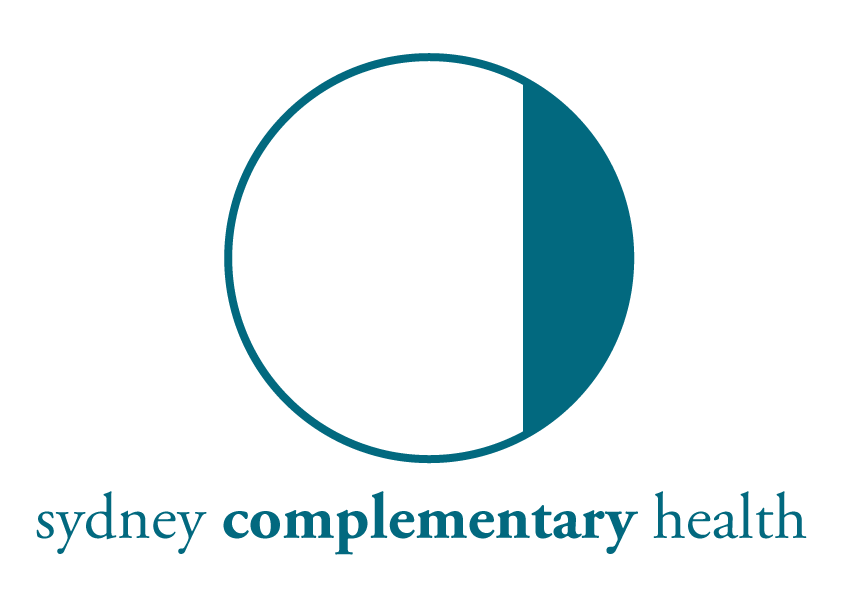I’ve had a few sciatica patients in the last little while, so I thought it’d be a good time to talk briefly about it. Sciatica is pain brought about by impingement or irritation of the sciatic nerve. It can manifest as pain anywhere from the buttock (and even lower back) to the foot and may produce neural symptoms in the foot (pins and needles etc). While this can result from injuries or structural problems in the lower back, by far the most common cause in my clinic is from piriformis syndrome.
Briefly looking at the anatomy of the nerve and surrounding tissue, the sciatic nerve originates from several nerves of the lower lumbar and sacral spine joining together. This nerve then comes from under the sacrum and passes almost vertically down, deep in the buttock. It continues down the rear of the leg innervating the back of the thigh, the entire lower leg and most of the skin on your leg.
Impingement of the nerve can occur at the spinal outlets from disc compression (bulge/herniation/degeneration) or from conditions such as spondylolisthesis (backwards or forwards displacement of the vertebrae). Downwards pressure of a swollen uterus during pregnancy can also cause it. The cause I see most frequently is referred to as piriformis syndrome. While the sciatic nerve passes almost vertically, the piriformis runs almost horizontally from the sacrum to the greater trochanter (that lump on the side of your hip) of the femur. The muscle sits adjacent to the nerve and in some people the nerve actually passes through the muscle. These people are particularly prone to piriformis syndrome. The upshot is that a tight piriformis can easily compress the nerve producing pain and nerve-related symptoms like pins and needles. Over a period the compression can lead to inflammation that can take time to recede.
The piriformis is used by your body to laterally rotate the femur – that is, turn your foot out. This will give some idea of things that can cause tightness. Do you walk with your feet turning out? Do you do squats with the feet turned out? These sort of activities encourage the tighening and shortening of the muscle and increase pressure on the nerve. It pays to keep the gluteus maximus (the big outer bum muscle) strong to take pressure off the deeper muscles.
Remedial massage and Bowen Therapy are both great for this, although Bowen has the advantage of being non-inflammatory. If the body is non-responsive after one or two sessions then scans may be required to check the health of the intervertebral discs and refer on if there is a problem.
